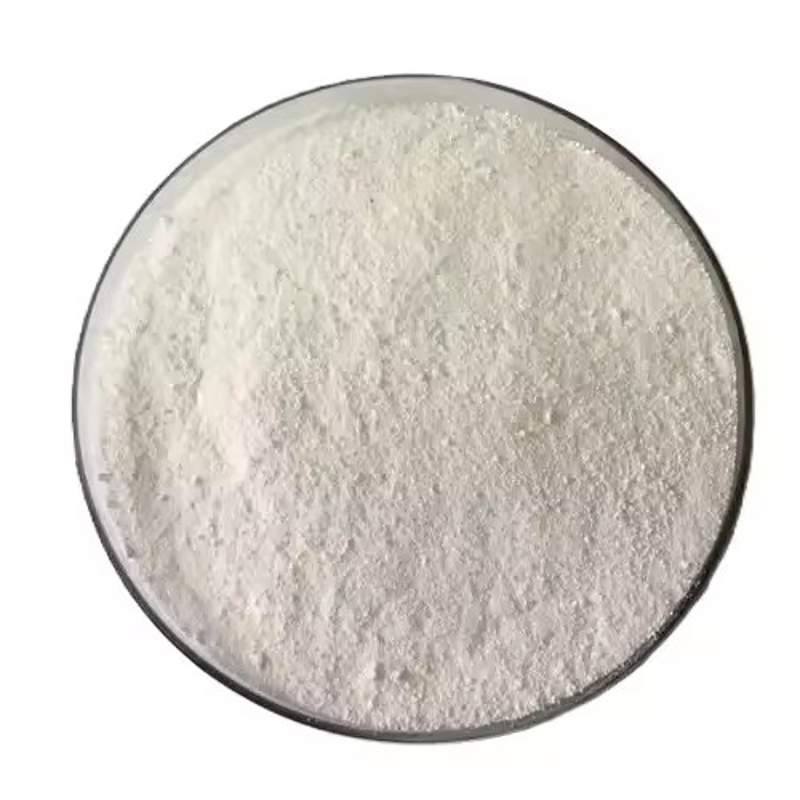-
Categories
-
Pharmaceutical Intermediates
-
Active Pharmaceutical Ingredients
-
Food Additives
- Industrial Coatings
- Agrochemicals
- Dyes and Pigments
- Surfactant
- Flavors and Fragrances
- Chemical Reagents
- Catalyst and Auxiliary
- Natural Products
- Inorganic Chemistry
-
Organic Chemistry
-
Biochemical Engineering
- Analytical Chemistry
-
Cosmetic Ingredient
- Water Treatment Chemical
-
Pharmaceutical Intermediates
Promotion
ECHEMI Mall
Wholesale
Weekly Price
Exhibition
News
-
Trade Service
Ventricular shunt dysfunction is a very common clinical problemThe rate of shunt failure in the first year after the placement of ventricular shunts was 40%, and the failure rate was as high as 50% after 2 years; Common causes of shunt surgery failure are infection and excessive drainage, accounting for 3.6% and 7.6%, respectively, and improper placement of the shunt or failure of the shunt tube itself can also cause shunt failureThe blocking part of the shunt tube is often in the near or far end tube cavity of the shunt valve or reservoir sacAri MBlitz of the Department of Radiology at Western Reserve University Hospital in Cleveland, USA, uses high-resolution 3D MRI imaging techniques in neuroradiographic, including CISS and volume-based insertion-based breathcheck sequence detection, to assess the condition and fault position of ventricular shuntsThe results were published in the January 2020 issue of American Journal of The Journal of The Journal of The Journal of The SunResearch Backgroundresearchers collected clinical MRI imaging data from 23 patients with hydrocephalus in 3 years of ventricular triage surgery at their medical center for retrospective analysisMRI imaging, including regular sequence imaging and high-resolution all-anisotropic CISS and volumeic insertion method breath check (volumetric interpolated breath-hold examination, VIBE) sequences, which can be performed with and without contrast agentsThe walking of the shunt tube, the relationship between the end of the shunt head and the ventricle, the position of the side hole, the smoothness (i.e., the degree of fluid filling or blockage of the tube cavity) and the presence of tissue fragments in the tube cavity were independently assessed by two neuroradiologistsThe visibility of the side hole is divided into: 0, invisible;resultsresults showed that in all patients' MRI imaging, the end of the brain chamber shunt tube can be seenOn the imaging of the adhestical CISS sequence sloping plane recombination, the head end of the shunt tube is shown to be most clear (Figure 1)Figure 1AHigh-resolution 3D MRI satioic sequence imaging shows CSF signals in smooth ventricle shunts; reconstruction images of B axial and C coronary positions in 10 (43%) patients, 9 side holes are completely visible, 2 points rated; The side holes distributed on the end wall of the shunt head show the missing CSF signal (Figure 2) Figure 2 A.MRI's isotropic CISS sequence imaging showed that the head end of the shunt tube exceeded the forehead angle of the right ventricle The side hole is shown as a missing liquid signal on the pipe wall 1.7cm (arrow) behind the tip of the shunt B Corresponding brain ventricular shunt sample photo in 47% of patients, the position of the shunt head in the ventricle and the side hole in the tube wall can be seen in the MRI coronary cISS sequence imaging (Figure 3) The head end of the shunt is commonly found in the corner of the lateral ventricle (Figure 4) Figure 3 MrI coronary positions each anisotropic CISS sequence imaging showed the head end of the ventricular shunt tube passing over the left ventricle The cavity is filled with liquid Figure 4 MrI coronary CISS sequence imaging in 3 patients shows the position of the shunt head in the brain chamber A The head end of the shunt tube is close to the transparent compartment in the brain room B The end of the ventricle shunt end through the interroom hole ends in the third ventricle C The end of the ventricle shunt is through a transparent partition and across the median line the researchers confirmed that 12 patients (52%) had a smooth shunt tube cavity by identifying the CSF signal strength in the entire tube cavity, and in 10 (48%) patients, the MRI-T2 low signal charge deficiency was consistent with the blocking of the tube cavity In patients with MRI-T2 low signal charge defects, such as enhanced CISS sequence and rapid gradient echo sequence (MPRAGE) imaging, there is reinforcement, which suggests that the veins grow inwards due to tissue fragmentation is not enhanced (Figures 5, 6) Figure 5 A.MRI axial tilt reconstruction CISS sequence imaging shows that the ventricular shunt tube (arrow to the right) extends around the frontal lobe (arrow to the left) There is no CSF signal in the tube cavity at the end of the shunt tube head B Enhanced pre-MRI axial MPRAGE sequence imaging shows that the catheter extends through the carcass C After the enhancement of MRI axial MPRAGE sequence imaging show edifying strength, indicating the presence of debris Figure 6 Growth in the veins to the shunt pipe may significantly increase the risk of bleeding during the removal of the shunt A Enhanced pre-MRI coronary bit CISS sequence imaging showed that the ventricular shunt contained a filling defect B After the enhancement of MRI coronary bit CISS sequence imaging showed that there was an enhanced signal at the filling defect in the ventricular shunt, indicating the growth of the veins into the tube cavity C After enhancement, the MRI coronary position MPRAGE sequence imaging appeared corresponding high signal Conclusion
results show that when the function of the shunt tube is suspected, the use of high-resolution 3D MRI of each anisotropic CISS sequence imaging can help to evaluate and identify the location, smoothness and the cause of the filling defect of the ventricular abdominal cavity shunt, can improve the diagnosis of the dysfunction of the shunt system, and can predict the risk of bleeding when removing the brain ventricular shunt, and guide surgery.







